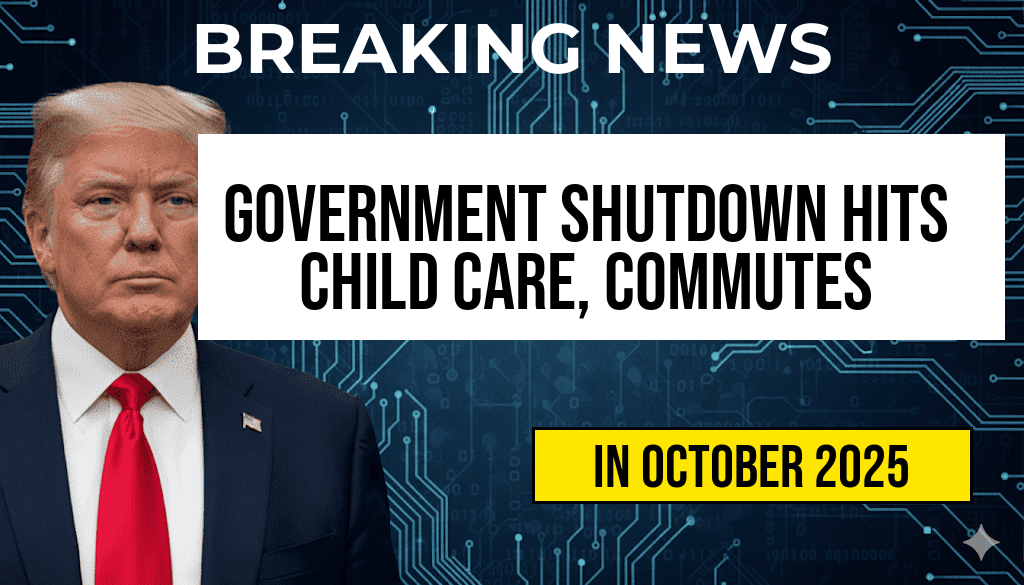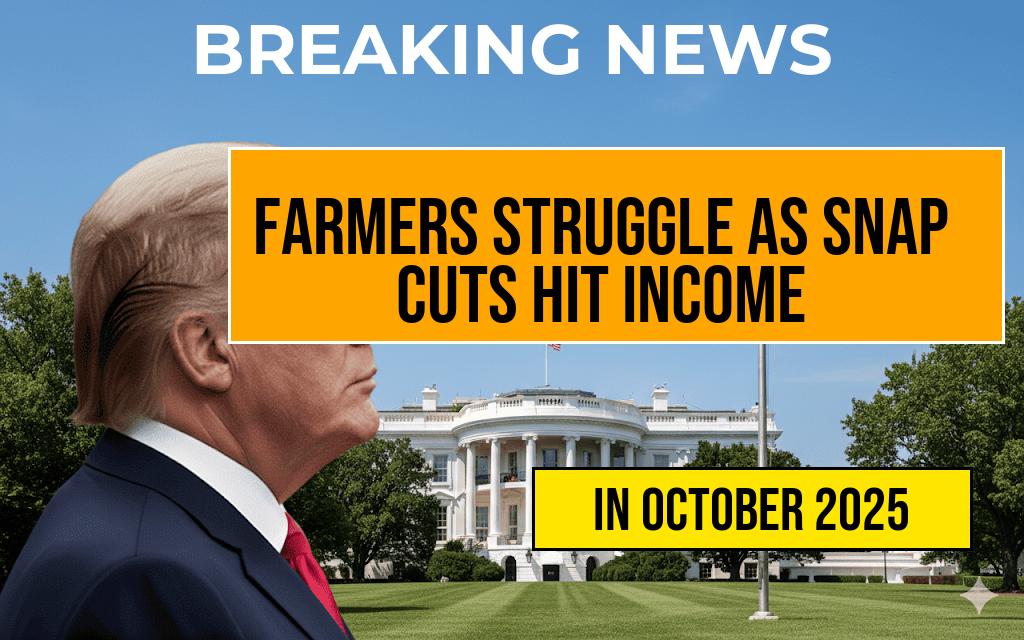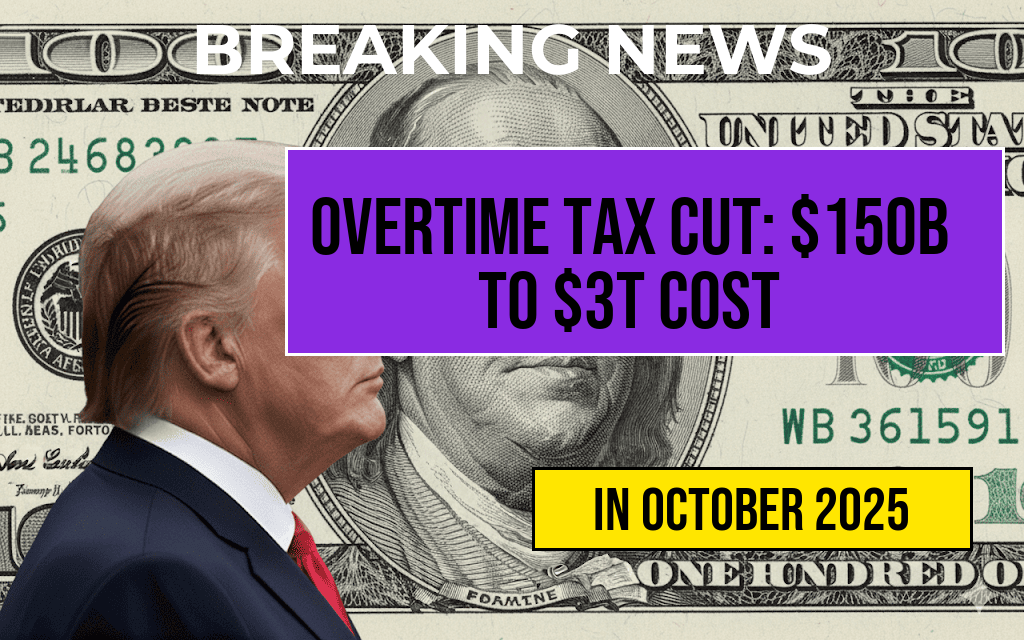The ongoing government shutdown is leaving a significant mark on the Washington, D.C. region, particularly affecting families and commuters. With federal funding halted, child-care providers are increasingly closing doors, leading to a sharp decline in available child-care slots. At the same time, rising commuting costs are straining the budgets of many workers who rely on public transportation to navigate the city. As the shutdown enters its second month, the effects are becoming more pronounced, prompting local leaders to call for urgent action to alleviate the burden on residents. Parents are scrambling to find alternative care for their children, while commuters face an uphill battle as fuel prices and transit fares continue to escalate.
Child-Care Crisis in the DC Area
As federal funding for various programs comes to a standstill, the child-care sector is experiencing unprecedented disruption. Many child-care centers in the D.C. area rely heavily on federal subsidies to operate, particularly those serving low-income families. With these funds now frozen, numerous facilities have been forced to reduce their capacity or shut down entirely.
Statistics on Child-Care Availability
- Approximately 30% of child-care providers have reported closures since the shutdown began.
- Families are facing a loss of over 5,000 child-care slots in the region.
- Low-income families are disproportionately affected, with many unable to afford private care alternatives.
The ripple effects of these closures extend beyond child care. Parents are struggling to maintain their employment while managing the sudden lack of available services. Local advocacy groups are urging lawmakers to prioritize funding for child care in any future budget discussions to alleviate the crisis.
Commuting Costs on the Rise
In addition to the challenges faced by families, the government shutdown has also contributed to soaring commuting costs in the D.C. region. As fuel prices climb, many workers are finding it increasingly expensive to commute to their jobs. Public transportation fares have also seen a rise, further straining household budgets.
Fuel and Transit Fare Increases
According to recent reports, fuel prices in the D.C. area have surged by 15% since the onset of the shutdown. Meanwhile, public transit authorities have announced fare hikes, citing increased operational costs due to decreased ridership and funding uncertainties.
| Type of Cost | Percentage Increase | Current Average Cost |
|---|---|---|
| Fuel Prices | 15% | $3.50 per gallon |
| Metro Fare | 10% | $2.25 per ride |
The increased transportation costs are affecting workers’ take-home pay, with many commuters now spending a larger portion of their income on travel. This scenario is particularly challenging for those working in the service industry, where wages may not keep pace with rising costs.
Community and Political Responses
The dual crises of child care and commuting expenses have sparked a wave of responses from community leaders and policymakers. Local organizations are mobilizing to support families by providing resources and information on available child-care options. Some are even offering temporary financial assistance to help families bridge the gap until the government reopens.
Calls for Federal Action
Amidst growing concerns, local politicians are pushing for a swift resolution to the shutdown. They argue that the prolonged closure not only harms families but also threatens the economic stability of the region. Forbes reports that federal employees and contractors are feeling the financial pinch, further complicating an already tense situation.
As the shutdown continues, the D.C. region grapples with the harsh realities of reduced child-care options and escalating commuting costs. The outcomes of these challenges will likely shape discussions on federal funding priorities in the months to come, as communities seek solutions to support families and maintain economic stability.
Frequently Asked Questions
What are the main effects of the government shutdown on child-care availability?
The government shutdown has led to a significant reduction in child-care slots in the DC region, impacting working families who rely on these services.
How has the government shutdown affected commuting costs in the DC area?
As a result of the government shutdown, there has been an increase in commute costs due to higher demand for alternative transportation options and reduced public transit services.
Who is most affected by the loss of child-care slots during the shutdown?
Working parents, especially those in low-income households, are among the most affected by the loss of child-care slots, as they struggle to find affordable alternatives.
What measures are being taken to address the surge in commuting costs?
Local authorities are exploring options to mitigate the impact of rising commuting costs, including potential subsidies for public transport and encouraging carpooling initiatives.
Are there any resources available for families needing child-care during the shutdown?
Yes, various organizations and community groups are providing resources and support for families seeking child-care options during the government shutdown, including emergency child-care programs.










